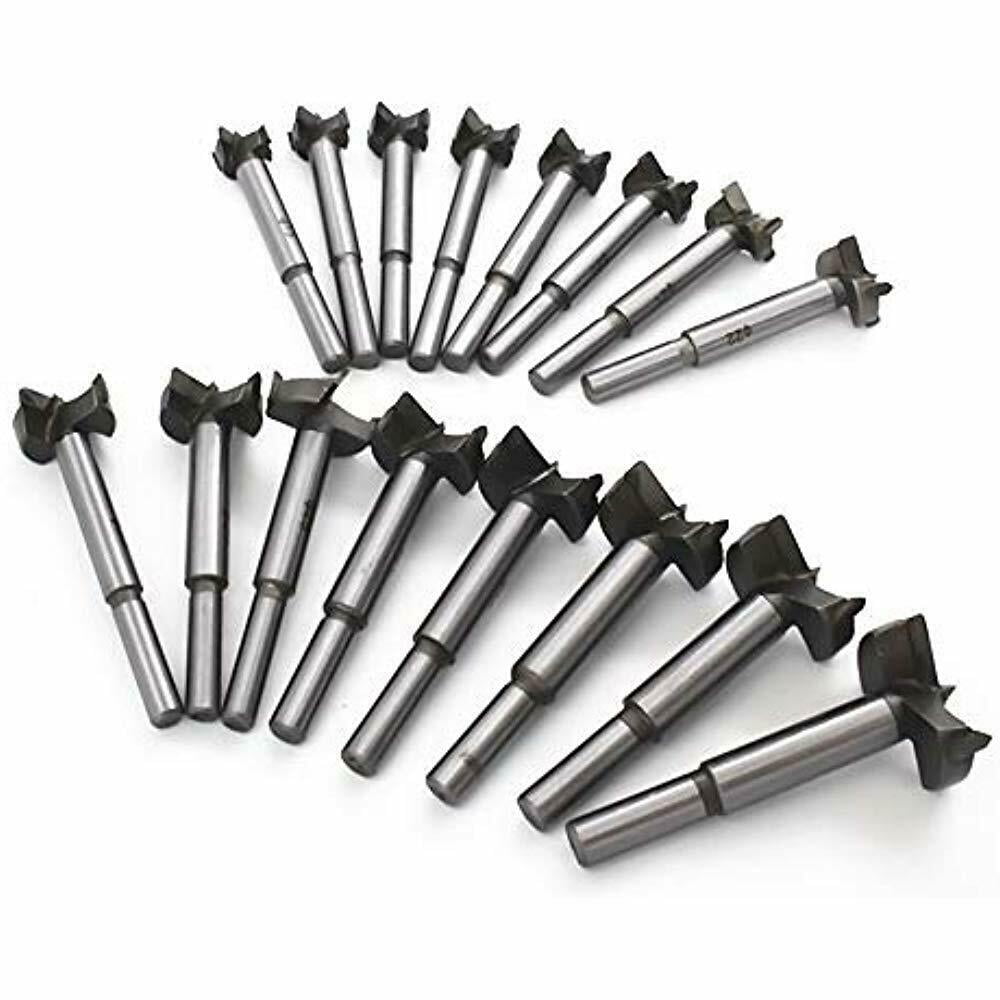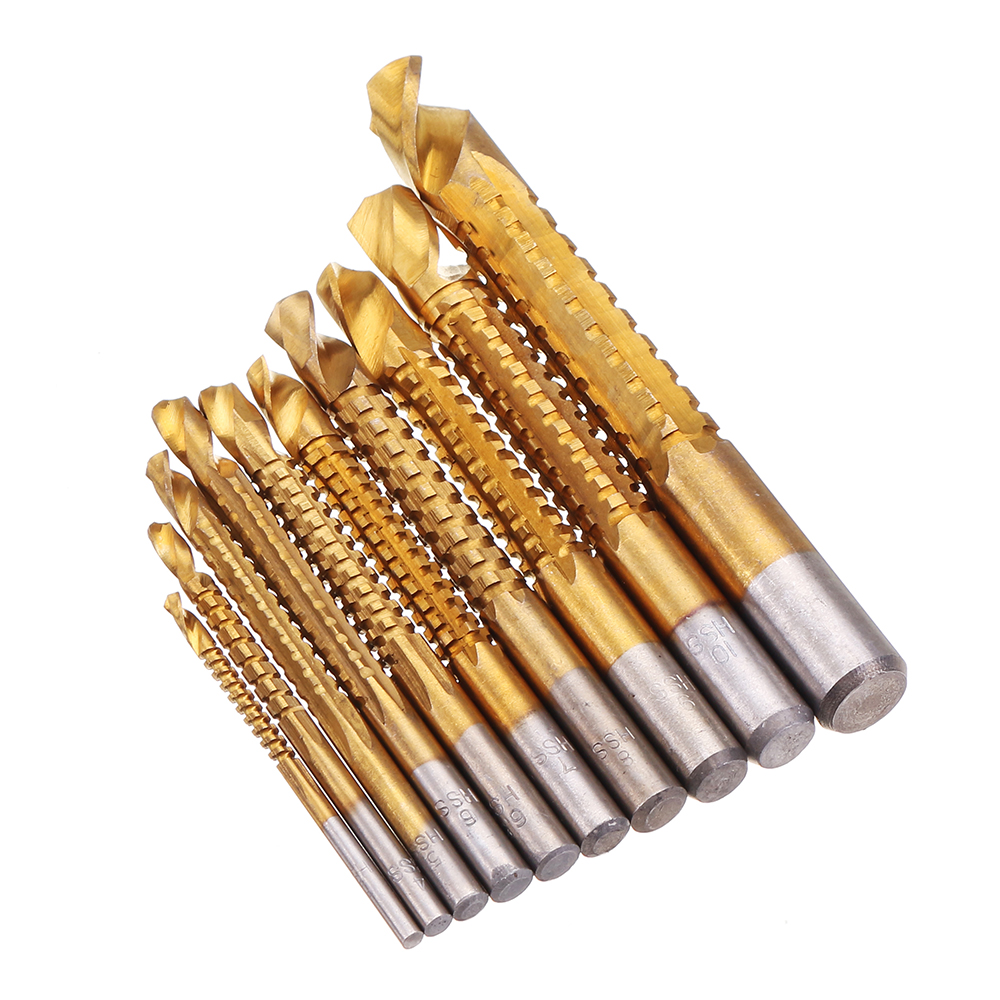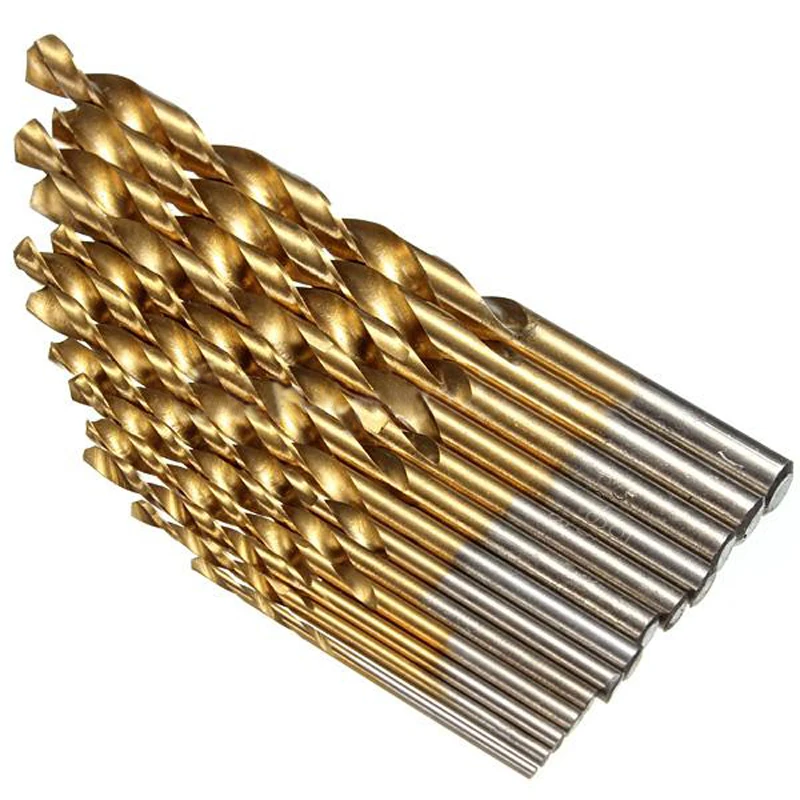


There are many configurations to drill points.

Leads are the outer face that governs the hole’s diameter and ensures the bit stays on a true path. Flute and lead: Flutes are the recessed or inner groove portion of the bit’s forward section or cutting part.Typically, shank length is less than the flute and lead portion. Shanks can be smooth or hex-shaped depending on how much torque you need. It’s the part that your electric drill or hand-brace grips. Shank: A drill bit’s shank is the receding end that fits into the drill chuck.You may also find drill bit diameters represented in metric units, with bits typically starting at 3 millimeters. Standard drill bits range from 1/16 of an inch up to 1 1/2 inches. Simply put, it’s the width of the hole the bit can cut. Diameter: Probably the most known bit term is its diameter.Longer shaft bits include augers used for timber boring and extension bits used for getting into recessed spots. Typical short-shaft bits are low-penetration tools like Forster bits used for recessing work. You’ll find drill bits categorized by how long they are, which determines the depth they’re able to penetrate. Overall length: This is a straightforward description of a drill bit’s physical length.Here are the most important parts of a drill bit’s anatomy: There many terms associated with drill bits, and they all have a significant meaning. One of the big variances in bits is their physical shape or geometry. Many factors affect the difference in drill bits. Likewise, the drill bit to use for brick won't work well on metal. The best drill bits for wood are not the same as the best types of bits for concrete. Not all drill bits are created equal, and there is no such thing as a universal or one-size-fits-all drill bit. Q-Deck Hangers For Roofing and Concrete.Shop Construction Air Compressors Online.Wood auger bits and Wood drill bits are different names for the same thing for those not in the know. NOTE: And another handy tip: drilling end grain, such as down the center of a post for it’s entire length is not a good use for a auger bit…the feed screw has trouble getting a bite in the pithy center wood…and the pitchy center can load the feed screw and cutter area with sticky wood…nothing to do at that point but remove the auger bit from the hole and get to cleaning all the pitch off the screw threads and cutter. Regular ‘cleaning’ of the hole helps reduce the possibility of this happening.

NOTE: Here’s a handy tip: Did you get the long auger bit stuck? It’s best to ‘unstick’ by using a pipe wrench rather than the drill. Wood Auger Bits are for applications such as log homes, timber frames, wooden bridge repairs, arbor work & tree repair, railroad ties, landscape contracting, dock building, bulkheads, remodeling/renovation, piles, manufacturing, and post & beam construction. We stock several types…Irwin, NW, Eliminator, Penetrator, Chasen…in lengths up to 60″” and widths from 1/2″ to 1-1/2″ (depending on the brand).Īuger bits, such as Irwin and particularly NW have a sharp (and sharpenable) cutter that ‘cuts’ the wood as it drills, whereas, if you take a look at a carbide cutter you’ll see it’s more of a ‘rip and push’ (if you can explain it better, let us know, I can’t). Long Woodboring Auger Bits are a specialty of ours.


 0 kommentar(er)
0 kommentar(er)
